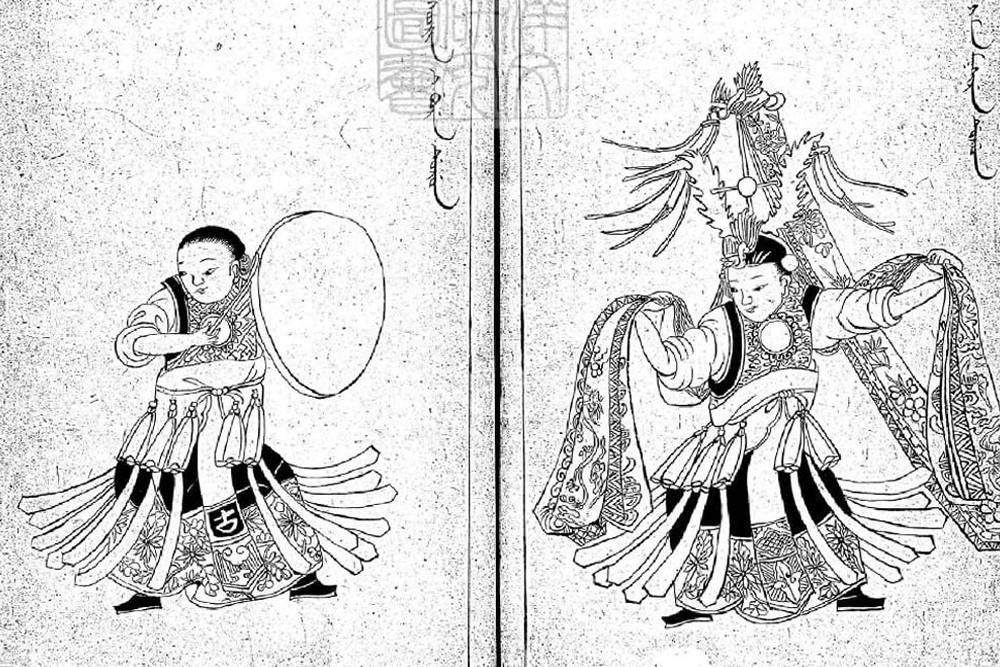Religious Tolerance
The Qing Empire ruled over a vast expanse of territory that was home to many ethnic groups holding various religious beliefs. Before their conquest of China proper, the Manchus inherited the dominant Shamanism of the Jurchen people. However, in the early 17th century, under the influence of nearby Mongols, they adopted Tibetan Buddhism as their principal religion and supported the Gelug School (Yellow Hat Sect) and its reincarnated high monks including the Dalai, the Panchen, the Changkya, and the Jebtsundamba. The Gelug School thus became the shared religious orthodoxy of the Manchus, the Mongols, and the Tibetans. While the Qing emperors adopted Tibetan Buddhism, they did not aggressively push the faith in regions inhabited by other ethnic groups, as the Mongol emperors of the Yuan dynasty had. The framework of Qing court policy continued to allow the development of Chinese Buddhism, Confucianism, and Taoism among the Han Chinese and Islam among the peoples in the northwest. This religious diversity was also reflected in the history and decorations of the Chengde Summer Resort.
Shamanism
The Manchus believe in Shamanism, a type of natural polytheism that originated from North Asia. Shaman, "saman" in Manchu, means jumping wizards/witches who serve as go-betweens between gods and people. They are called "jumping wizards/witches" because they wear a divine hat, have a bell around their waist, and play a divine drum while walking. Shamans are believed to be able to exorcise all disasters. Thus, Shamanism-related sacrificial ceremonies were often held in the Qing court. The activities included wild sacrificial ceremonies held to dispel disasters and family sacrificial ceremonies held to pray for good luck. The wild sacrificial activities retained the original features of Shamanism, while the family sacrificial activities became a ritual of the imperial family.
Manchu Rituals to the Gods and Heaven
- From fascicle 89 of Qinding Baqi Tongzhi (Imperially Endorsed Comprehensive Annals of the Eight Banners)
- Written by Ji Yun, et al., on imperial order
- Imprint by the Imperial Printing Office at Wuyingdian Hall, 4th year of the Jiaqing reign (1799), Qing dynasty
The "sacrificial ceremony to gods" was one held by the Qing dynasty imperial family. The gods were worshipped both at the tangse and Palace of Earthly Tranquility. The gods worshipped at the tangse were the "gods of heaven," to whom the imperial families reported major events that occurred in the country to. By contrast, those worshipped at the Palace of Earthly Tranquility were gods including the Horse God, the Buddha, and bodhisattvas.

